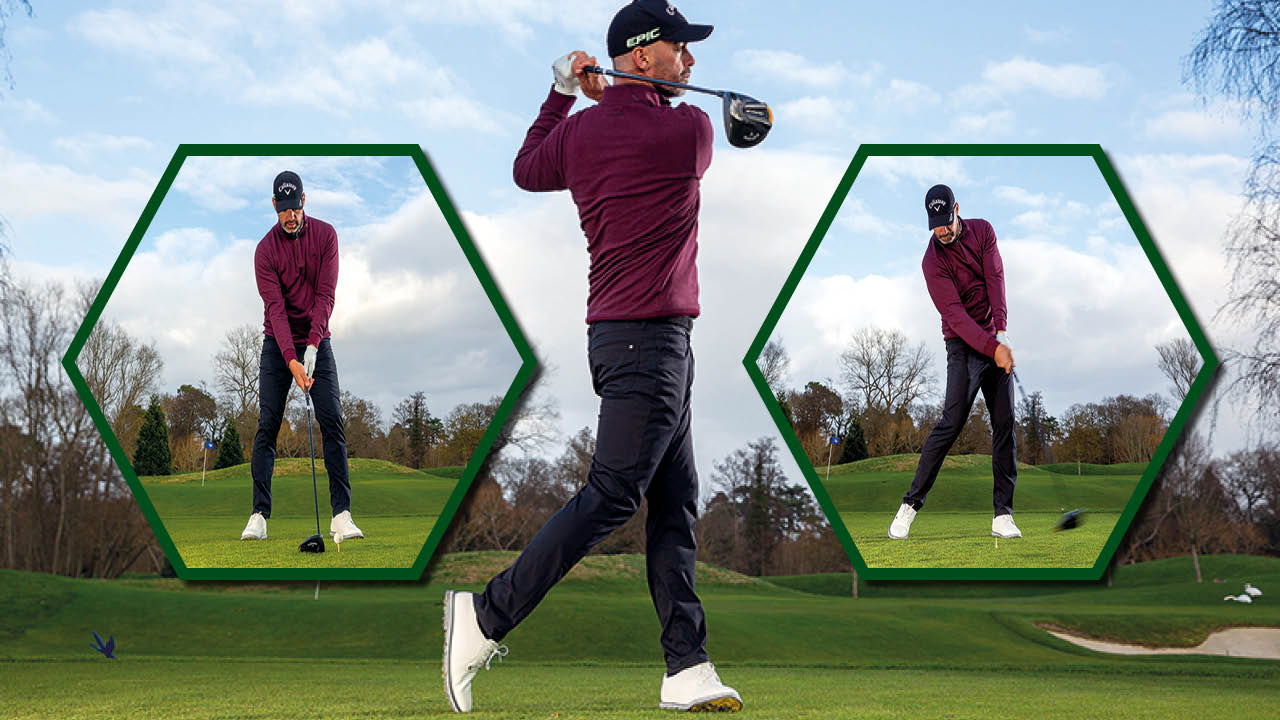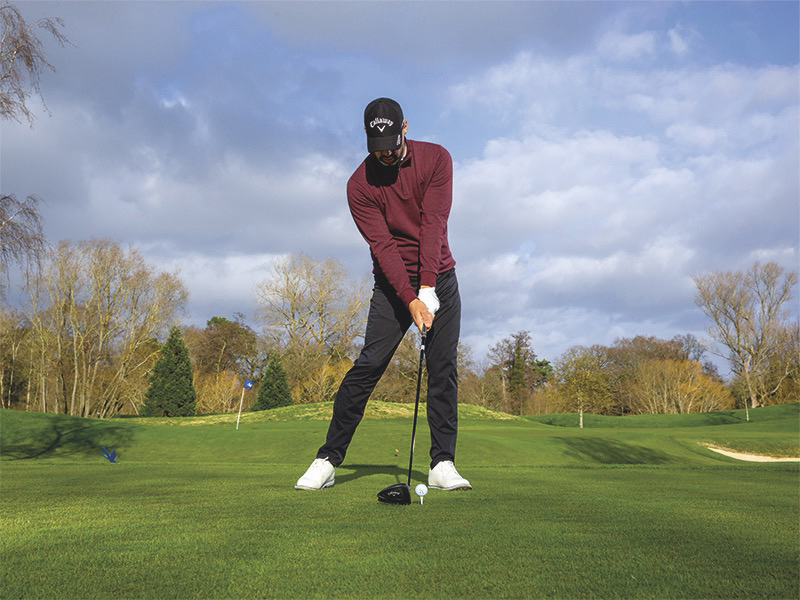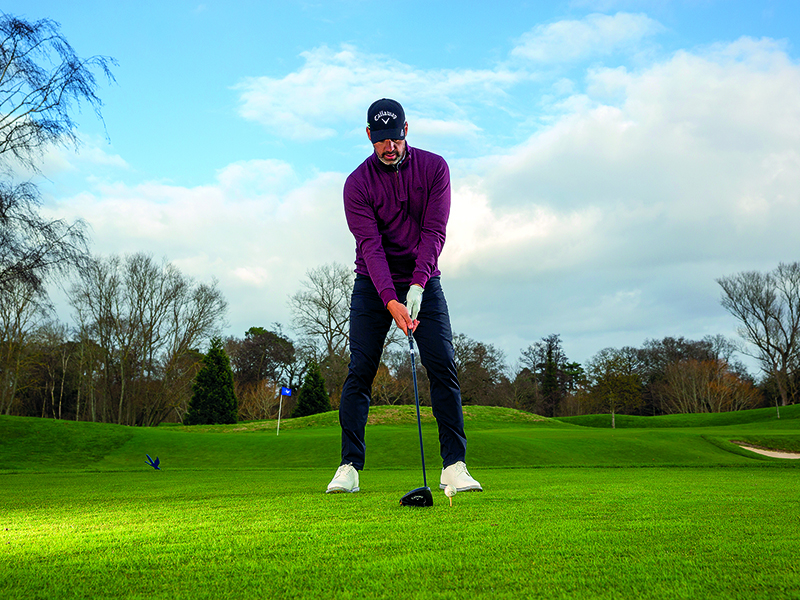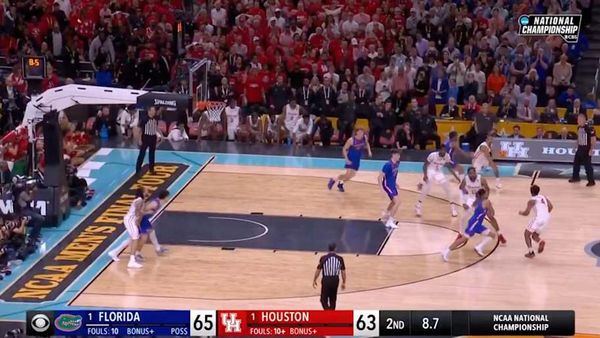
Weight transfer is really hard to see, but it’s a vital part of your swing. If you get it right, it creates speed and power and helps you deliver the clubhead to the ball on a good swing path. If you get it wrong, it can cause a lot of different faults that result in less power, poor strikes and errant shots.
In fact, a lot of the common faults that amateurs suffer from have a root cause of poor weight transfer. In this article and video, Golf Monthly Top 50 Coaches Zane Scotland and Kristian Baker share some simple steps to perfect this crucial area of your game...
How do you transfer weight in the golf swing?

To be a good ball-striker, you need to transfer your weight into your back foot in the backswing and into your front foot in the downswing. The majority of your weight should be in your front foot at impact. This can be broken down into three simple steps.
Step 1: The backswing

Begin with about 50% of your weight on each foot at address. Start shifting your weight to your back foot as you begin the backswing. As your hands get to waist height, your body mass will be as far from the centre as it will get, but you must continue your weight transfer until you reach the top, making sure your body doesn’t slide away from the target. At the top, you should have about 75% of your weight on your back foot.
Step 2: The downswing

The first downswing move comes from your lower body transferring weight back into the front foot. Imagine you’re throwing a ball – the weight transfer and sequencing of movements is exactly the same. A good drill is to have the heel of your front foot raised at the top of the backswing and slam it into the ground as you start the downswing. You should have about 75% of your weight in your front foot at impact.
Step 3: The finish position

The finish position will tell you if you’ve transferred your weight properly. Your upper body and belt buckle should be facing towards the target and at least 90% of your weight should be on your front foot, with the heel of your back foot off the ground. You should be able to lift your back foot and stay balanced on just your front foot. Hitting shots with your back foot up in this position is a good drill if you’re really struggling.
Zane Scotland's Weight Transfer Checklist
1) Begin with about 50% of your weight on each foot at address
2) At the top, you should have about 75% of your weight on your back foot
3) The first downswing move comes from your lower body transferring weight back into the front foot
4) You should have about 75% of your weight in your front foot at impact
5) When reaching the finish position, at least 90% of your weight should be on your front foot, with the heel of your back foot off the ground







